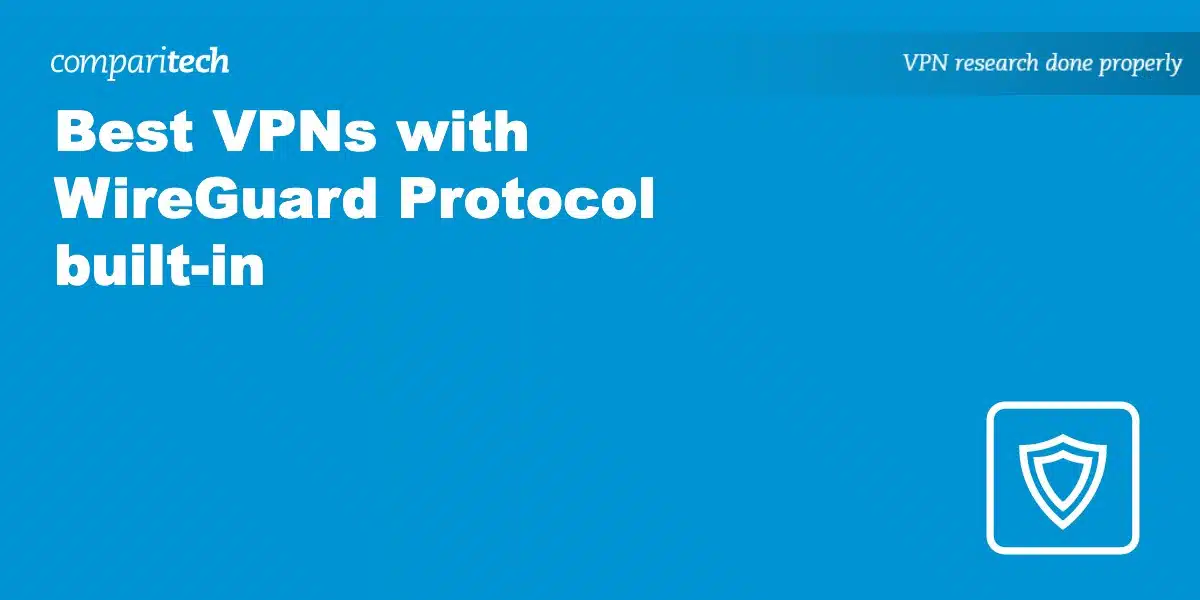Featured
Table of Contents
Wireguard Vpn Intro In 15 Min: Amazing New Vpn Protocol
It is currently under heavy advancement, however already it may be considered as the most secure, easiest to utilize, and most basic VPN service in the industry. Wire, Guard intends to be as simple to configure and release as SSH. A VPN connection is made merely by exchanging extremely simple public keys exactly like exchanging SSH secrets and all the rest is transparently managed by Wire, Guard.
There is no need to manage connections, be worried about state, handle daemons, or stress over what's under the hood. Wire, Guard provides an exceptionally standard yet effective user interface. Wire, Guard has been designed with ease-of-implementation and simplicity in mind. It is indicated to be easily implemented in really couple of lines of code, and quickly auditable for security vulnerabilities. what is wireguard protocol and how does it work?.
You then may advance to setup and checking out the quickstart directions on how to use it. If you're interested in the internal inner operations, you may be thinking about the short summary of the procedure, or go more in depth by checking out the technical whitepaper, which goes into more information on the procedure, cryptography, and fundamentals.

This interface acts as a tunnel user interface. Wire, Guard associates tunnel IP addresses with public keys and remote endpoints. When the interface sends out a package to a peer, it does the following: This package is suggested for 192. 168.30. 8. Which peer is that? Let me look ... Okay, it's for peer ABCDEFGH.
Wireguard Vpn: The Most Important Questions & Answers
If not, drop it. Behind the scenes there is much occurring to offer proper privacy, credibility, and perfect forward secrecy, utilizing state-of-the-art cryptography. At the heart of Wire, Guard is a principle called Cryptokey Routing, which works by associating public keys with a list of tunnel IP addresses that are enabled inside the tunnel (what is wireguard protocol and how does it work?).

Each peer has a public key. Public secrets are brief and easy, and are used by peers to authenticate each other. They can be circulated for usage in configuration files by any out-of-band technique, comparable to how one may send their SSH public key to a friend for access to a shell server.
69:51820 Allowed, IPs = 0. 0.0. 0/0 In the server configuration, each peer (a client) will be able to send out packages to the network user interface with a source IP matching his corresponding list of allowed IPs. For instance, when a packet is received by the server from peer g, N65Bk, IK ..., after being decrypted and validated, if its source IP is 10.
230, then it's permitted onto the user interface; otherwise it's dropped. In the server configuration, when the network interface wishes to send a packet to a peer (a customer), it looks at that package's destination IP and compares it to each peer's list of allowed IPs to see which peer to send it to - what is wireguard protocol and how does it work?.
Paper-comparison Of Vpn Protocols At Network Layer ...

10.10. 230, it will encrypt it using the public secret of peer g, N65Bk, IK ..., and then send it to that peer's most recent Web endpoint. In the client configuration, its single peer (the server) will be able to send packets to the network interface with any source IP (since 0.
0/0 is a wildcard). When a packet is gotten from peer HIgo9x, Nz ..., if it decrypts and verifies correctly, with any source IP, then it's enabled onto the interface; otherwise it's dropped. In the client setup, when the network user interface wishes to send out a packet to its single peer (the server), it will secure packages for the single peer with any destination IP address (since 0.
0/0 is a wildcard). If the network interface is asked to send a package with any location IP, it will encrypt it using the public secret of the single peer HIgo9x, Nz ..., and then send it to the single peer's most recent Web endpoint. To put it simply, when sending packets, the list of permitted IPs behaves as a sort of routing table, and when getting packages, the list of permitted IPs behaves as a sort of gain access to control list.
Any combination of IPv4 and IPv6 can be used, for any of the fields. Wire, Guard is completely efficient in encapsulating one inside the other if needed. Due to the fact that all packets sent out on the Wire, Guard user interface are encrypted and authenticated, and because there is such a tight coupling in between the identity of a peer and the permitted IP address of a peer, system administrators do not need complicated firewall extensions, such as in the case of IPsec, but rather they can merely match on "is it from this IP? on this user interface?", and be guaranteed that it is a secure and genuine package.
Openvpn Or Wireguard Vpn

The customer setup contains an initial endpoint of its single peer (the server), so that it understands where to send out encrypted data before it has actually gotten encrypted data. The server setup does not have any preliminary endpoints of its peers (the clients). This is due to the fact that the server finds the endpoint of its peers by taking a look at from where correctly verified information originates.
We likewise talk about advancement jobs there and prepare the future of the job.

Do not send non-security-related concerns to this e-mail alias. Do not send out security-related issues to various e-mail addresses.
Wire, Guard is much faster than Open, VPN. It takes in 15% less data, manages network modifications much better, and seems protected. Open, VPN has been attempted and tested, is more privacy-friendly, and is supported by a larger number of VPNs.
How To Get Started With Wireguard Vpn
We might get compensation from the products and services mentioned in this story, however the opinions are the author's own. Settlement might impact where offers appear. We have actually not consisted of all readily available items or deals. Find out more about how we generate income and our editorial policies. Today, virtual personal networks (VPNs) have actually taken off, getting appeal with those searching for extra security, privacy, and flexibility.
In this post Wire, Guard is a brand-new, open-source VPN protocol designed with cutting edge cryptography, which is the practice of coding sensitive info so only the intended recipients can translate its significance. Developer Jason A.
Working with Wire, Guard couldn't be easier. Wire, Guard keeps it easy by operating with less than 4,000 lines of code compared to older VPN procedures that generally use thousands more.
Latest Posts
The Best Mobile Vpns Of 2023
The Best Vpn Of 2023 - Cnn Underscored
The 5 Best Android Vpn Apps Reviewed (*Updated 2023)